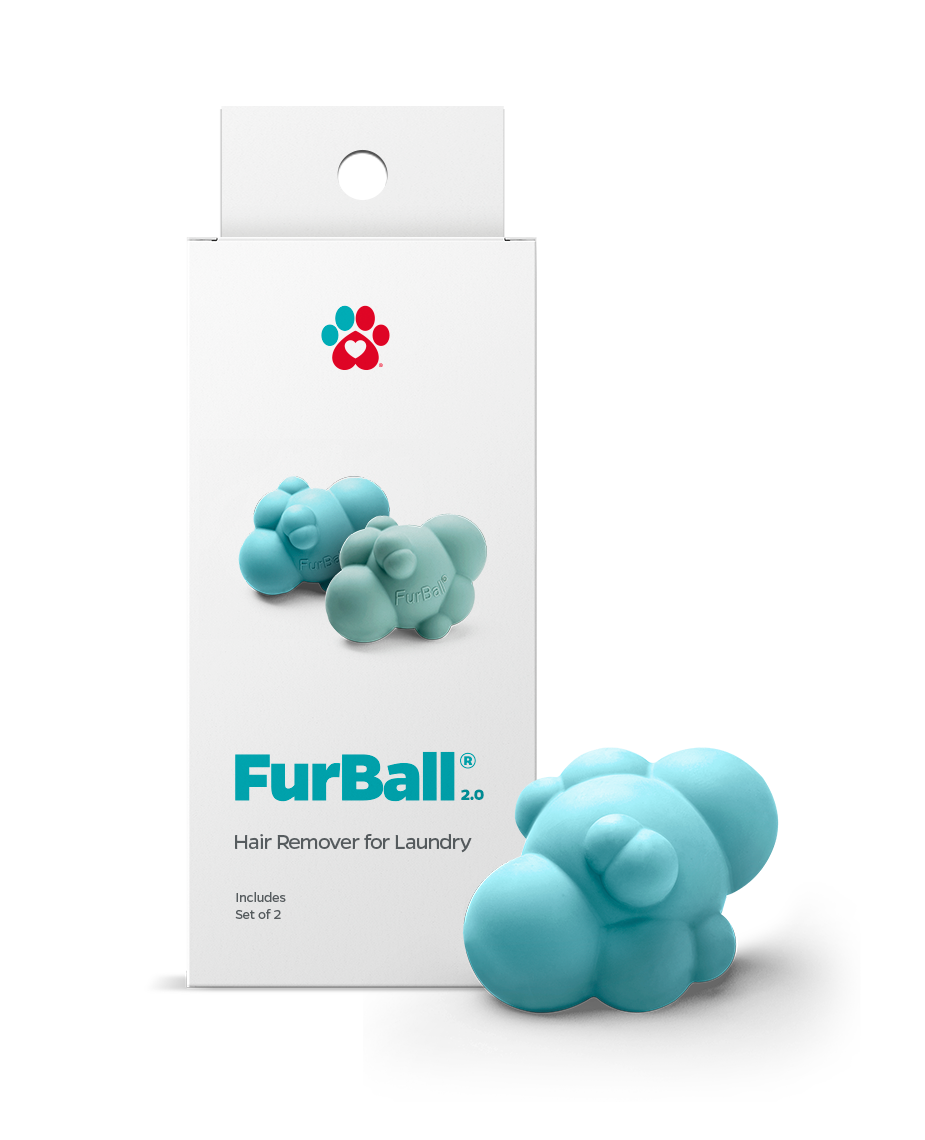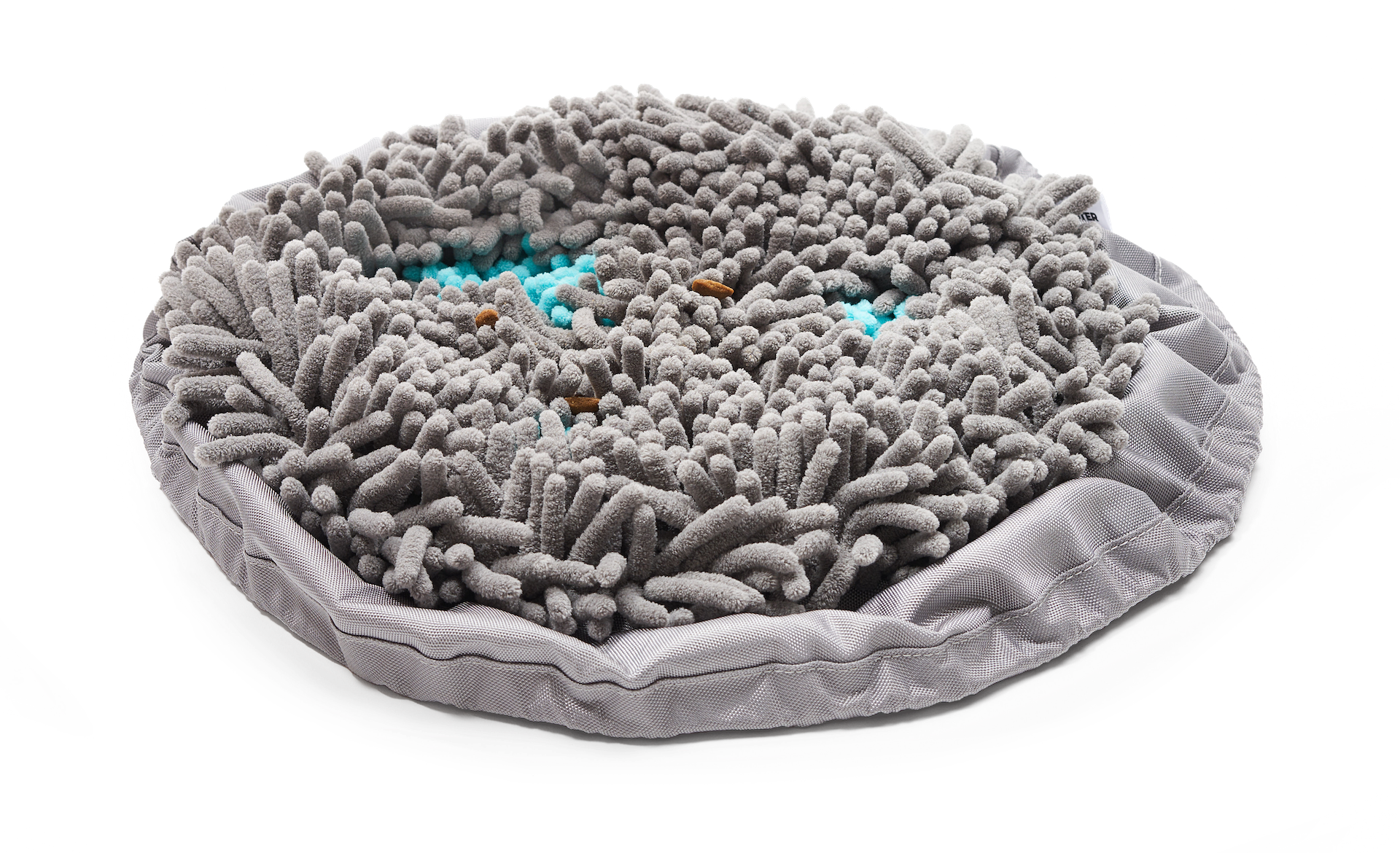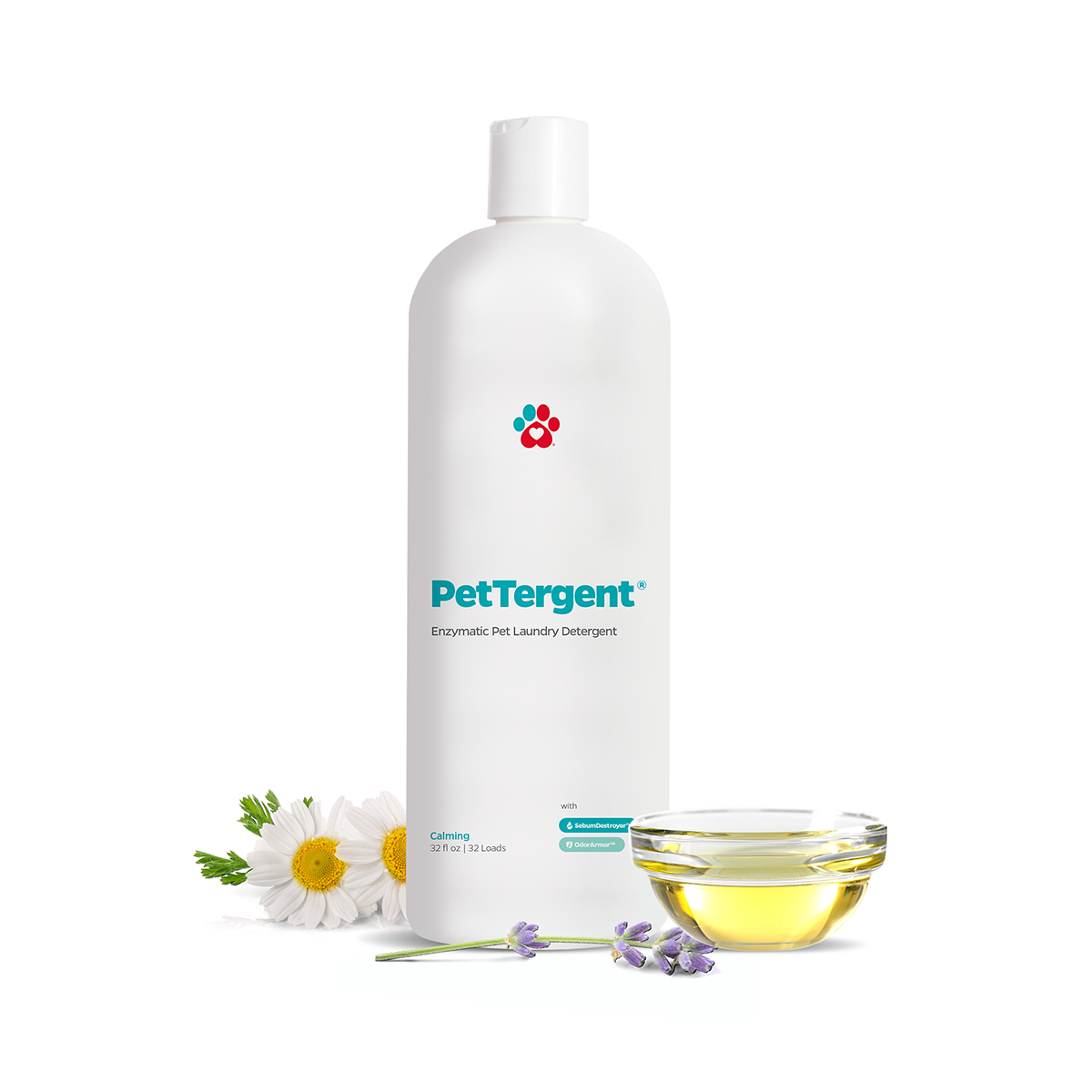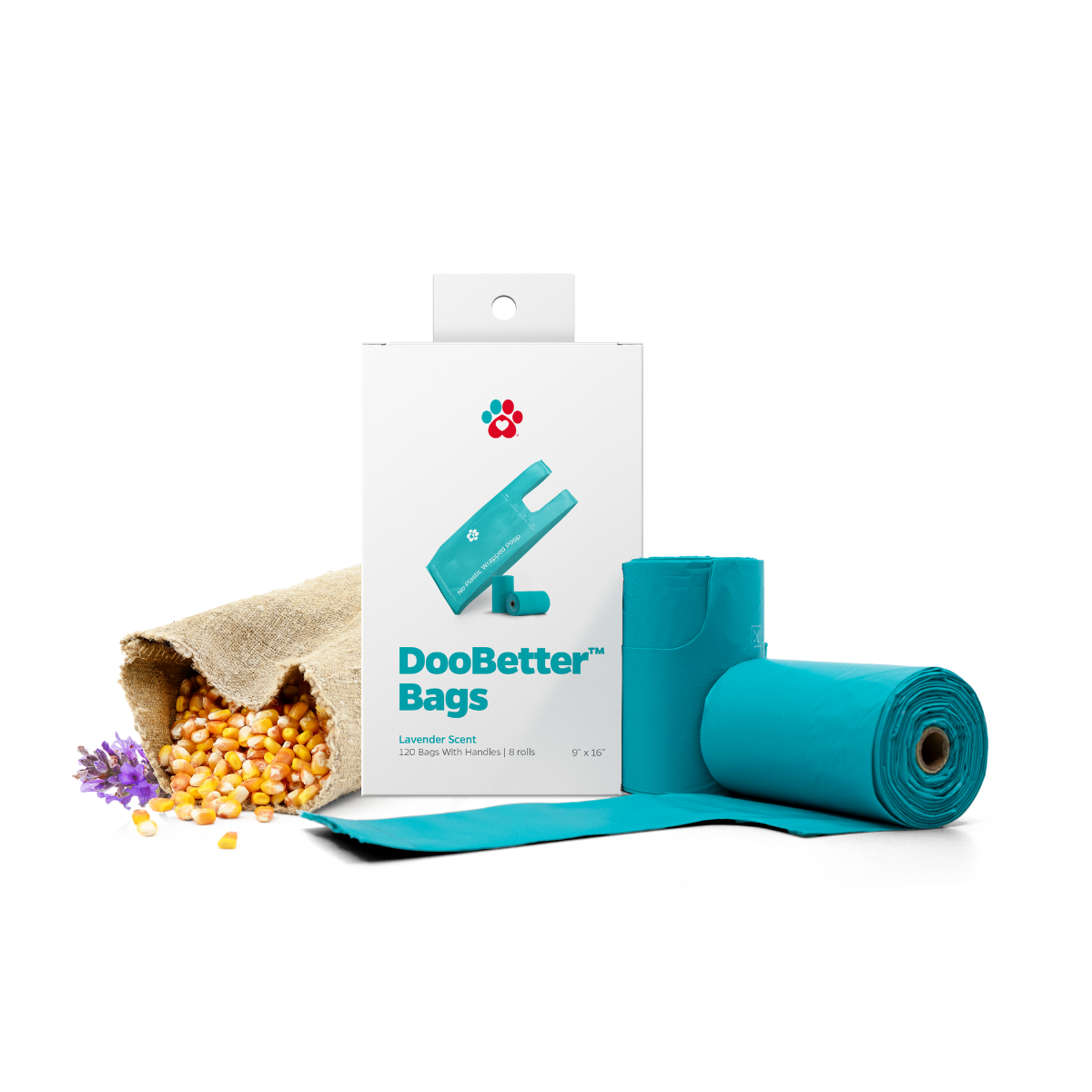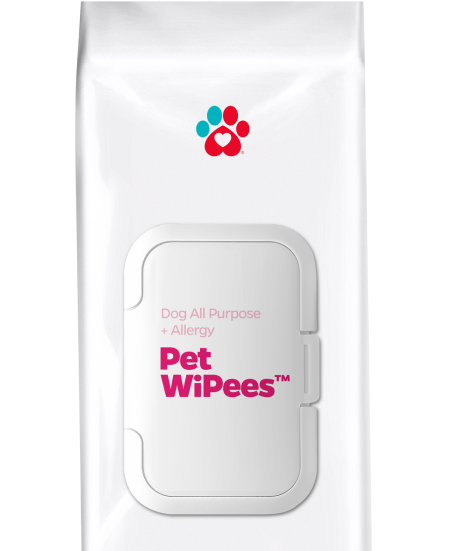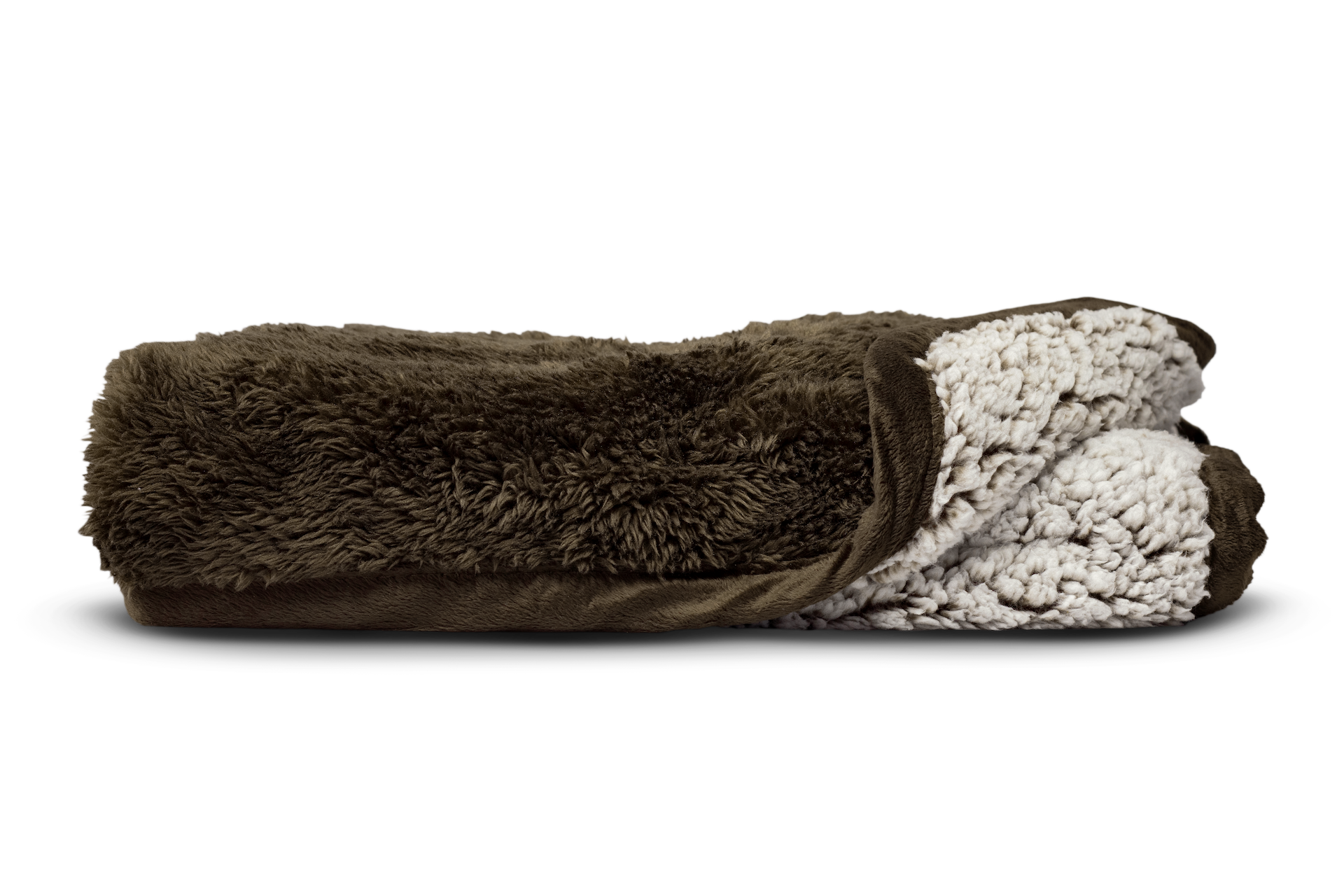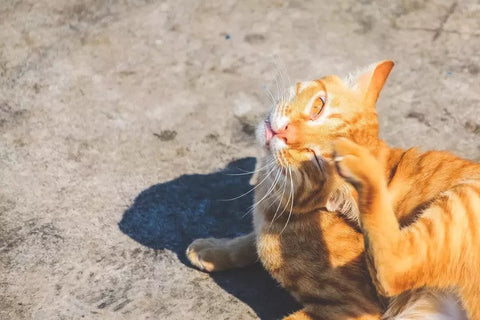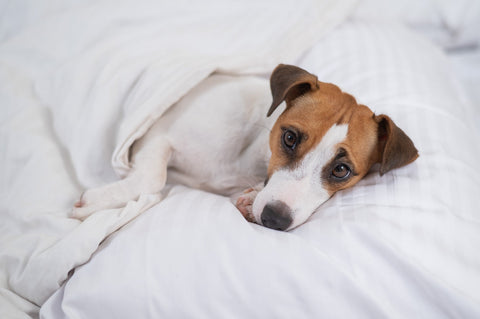Your cat's birthing process doesn’t necessarily mean it’s over when all those cute and cuddly kittens are out. Your cat will go through a lot of physical changes for days, weeks, and some even for months! Your cat will definitely need a whole lot of extra love, care, and attention as a new mother. And oh! Cat diapers, too!
Are there diapers for cats? Can cats wear diapers? Yes, cat diapers are a thing! Cat diapers are exactly like dog diapers, but they are made specifically for cats. Diapers for cats also have holes for your furbaby’s tail and can be worn by both male and female cats.
You may have heard of diapers for cats, but thought that they were only used for feline incontinence or cat spraying. In reality, there are countless benefits and uses of cat diapers. We’ll talk about them playing an important role during your cat giving birth and the cat postpartum period after breeding.
"Your cat will go through a lot of physical changes for days, weeks and some even in months!"
Feline Postpartum
After giving birth, your cat will experience spotting, a process of discharging natural fluids that are mucus-like & bloody and that is completely normal (no need to panic there). This discharge is called lochia.
Monitoring the type of lochia your cat expels will help you determine whether her spotting is normal. According to MSD Veterinary Manual, lochia is normally dark red to black with no odor, and is heavy for the first few days after giving birth. If your cat's discharge is foul-smelling, is of different color, and comes with fever, weakness, and the like, that may be already a sign of a serious health issue that will lead you to seek veterinary health immediately.
The lochia discharge will range as your cat will go through several stages of lochia.
Stages of Lochia

The spotting of your cat will go through several stages.
Discharging lochia absolutely calls for cat diapers so that mother cat won’t be soiling the whelping box bedding (when she's nursing her kitties) or your floor and carpets at home.

Don’t Settle for Copy Cats
Pet Parents® Cat Diapers are premium washable cat diapers. Whether it’s our Fur-Safe adjustable hook and loop hole system, our sewn-in multi-layer super-absorbent pad, our innovative leak proof and waterproof exterior shell, or our tight-fit leakproof elastic edges that provide a snug leak proof fit, these premium cat diapers are the high-quality, comfortable choice for your cat.
The cat birthing process can be uncomfortable for your furbaby, so Pet Parents® Cat Diapers are designed with comfort in mind. We’re proud to say we are the No. 1 choice of cat diapers for pet parents and their pets. As pet parents ourselves, we strive to create products that help you and your pets live healthier and happier lives.
Pet Parents® Washable Cat Diapers can be used by your mama cat for:
- lochia discharge
- peeing
- pooping
- pregnancy prevention for your cat in heat
These can be used as after birth diapers as your cat will continue discharging lochia and may create accidents in the following weeks after giving birth, diapers for cats are a great option! So that your cat won’t be soiling the whelping box bedding and everyone's comfortable, dry, and happy.

Postpartum Cat Care
Just because all kittens are out now doesn’t mean you must stop taking extra care of mama cat. Postpartum care for your female cat is essentially important for them to be able to recover faster and get back on track for a happier, healthier life.
Make your vet your best friend
It is important that you build a good relationship with your veterinarian as they will be the ones guiding you throughout your cat’s road to recovery. Your vet may also schedule follow up checkups for your mama cat and her litter, may perform some health exams on your cat to make sure she is getting better, and will eventually do the vaccinations of the kitties once they are a little bit older.
Provide a healthier diet
Your cat will need all the nutrients she can get as she will be nursing her kitties for many weeks. It is suggested that instead of giving her two full meals, you should provide her with several meals a day and easy access to fresh water. It is also recommended to increase the amount of their food to up to three times her normal feeding and to consider giving her calcium to prevent milk fever. Talk to your vet about what diet and supplement is best to give to a cat in postpartum.
Monitor your cat after birth
Make sure you regularly check on your cat on the first few weeks after giving birth. Check for any retained fetal membranes, retained placentas, and uterine prolapse. Also, be cautious to observe whether your cat is in distress - some symptoms might include fever, loss of appetite, weakness, swollen abdomen, dark red gums, neglect of her litter. You may write them down as detailed as possible, so if you notice something is off with your mother cat, you will be able to fully give your vet a comprehensive report about the onset of the signs and symptoms.
House your cat and her kittens in a stress-free environment
A cat giving birth is a stressful activity for her. While your female cat is nursing her litter and recovering, stress must be avoided at all cost. It is better not to accept any visitors yet, so your cat can gain her strength in no time. Also, make sure that your other pets at home or stray cats are not able to go near them.
Place their whelping box in an area that will give them privacy, will help them feel secured, and is away from loud noises & family members constantly passing by.
Always keep them warm and dry
As chilling is one of the most critical dangers to newborn kittens, as mentioned by The Spruce Pets, it is necessary to keep your mama cat and her litter warm and dry at all times. In addition to after birth diapers for cats, you can use Pawtect® Pads as the whelping box bedding as these pet pads are waterproof, leakproof, and are made with our StickyPaw™ backing grips the floor, providing an anti-slip grip.
Additionally, you may consider offering your cat Pawtect® Blankets. These are waterproof pet blankets that can serve as a comfort blanket for your furbaby. Made from the softest faux fur fabric, Pawtect® Blankets will allow your cat to snuggle comfortably, without you having to worry about any mess, drools, and fur lingering on the whelping box bedding.
Proper hygiene and cat diapers
Maintain good hygiene and regularly check your cat’s mammary glands for any signs of infection. A cat giving birth or recovering needs inspections and cleaning of them daily. Keep her away from all soiled materials inside the whelping box. Cat diapers should be changed and washed every few hours in order to keep your furbaby clean and dry.
As your cat will continue discharging lochia in the following weeks, in this case, cat diapers is a great option! So that mama cat won’t be soiling the whelping box bedding and everyone's comfortable, dry and happy.
Washable cat diapers do come in handy for cats in postpartum. With washable cat diapers, you can use them as after birth diapers to prevent messes and simply toss them in your washing machine when soiled. Not only do diapers for cats help keep your home clean and mess-free, but they can also keep your cat clean and comfortable as she raises her litter.
